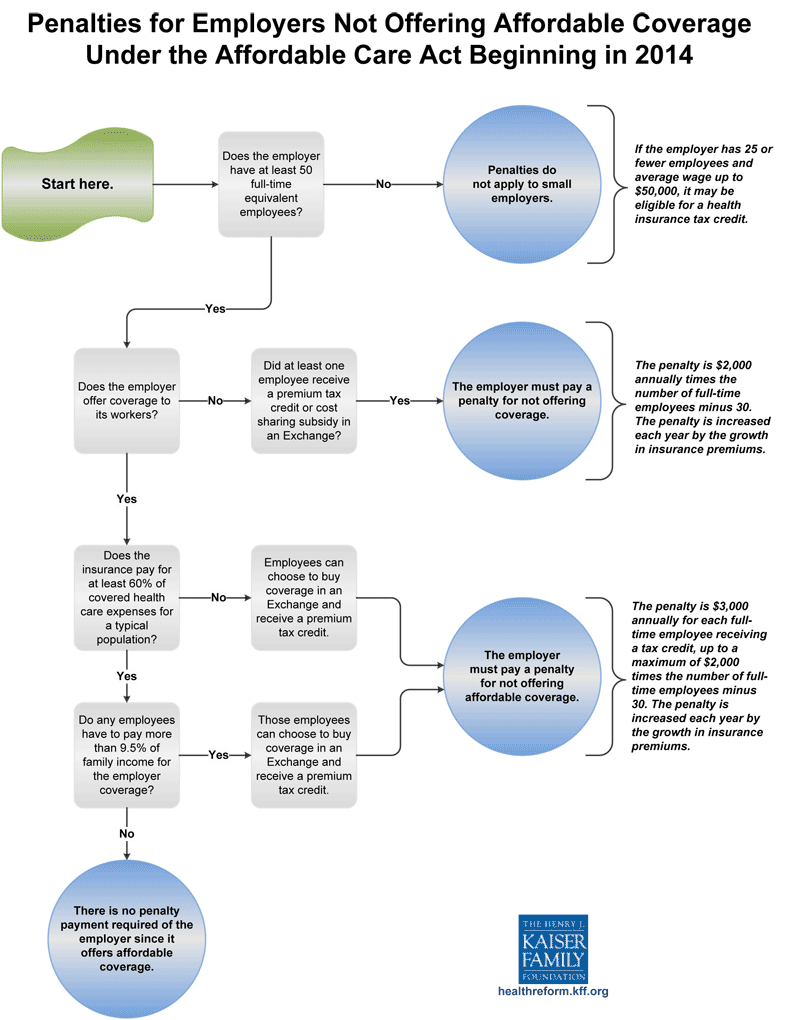April 10th, 2013 – The ACA does not require employers to offer health insurance, but there may be penalties for some companies that don’t offer benefits. While these penalties apply to employers with over 50 full time employees, the way in which “full time” employees are counted is of worth noting for companies with part time employees.
The Employer Responsibility provision of the Affordable Care Act applies businesses with more than 50 full-time equivalent (FTE) workers. For their purposes a full-time employee is employed an average of 30 or more hours per week.
Part time employees must also be added to the equation to determine the total number of full-time equivalent employees. Employers may calculate their part time employees’ hours of service every month for a minimum 6 month period before January 1st 2014 and that a full-time equivalent employee averages 30+ hours of service per week for any given month. It’s worth noting conventional wisdom also requires aggregating part time employee hours to arrive at full time equivalents.
Confused? Here is an online calculator to help companies estimate if they are a small or large group. Remember, 50 or more full time equivalent employees are considered a large group. However, when using the calculator please keep in mind that the IRS wants employers to look at least 6 months worth of data from 2013 to make the determination for 2014.
This link explains the different methods that the IRS can be used to determine if a group is a small or large group and here is the IRS document.
IRS Penalties
An employer with 50 or more full-time equivalent employees that does NOT provide health insurance that meets the Affordable Care Act’s “minimum essential coverage” requirements will be subject to a penalty of $2,000 per year multiplied by the number of full-time equivalent, minus 30.
For companies that DO provide health insurance, businesses with 50 or more full-time-equivalent employees must provide insurance that does not cost more than 9.5 percent of the worker’s household income for worker-only coverage. Employers will pay a $3,000 penalty for each employee who is required to contribute more than 9.5 percent of W-2 income towards company-sponsored health insurance AND instead of enrolling in the group plan, the employee purchases health insurance in the Exchange and receives a subsidy for coverage.
Employers will not face a penalty for employees who earn greater than 400 percent of the poverty level ($46,000 for a single head of household in our example) because these employees do not qualify for subsidies.
The maximum penalty for an employer with more than 50 employees that offer coverage but requires employees to pay more than 9.5 percent of an employee’s wage would be: total FTE’s minus 30 FTE’s times $2,000. The penalty will not be higher than the employer who offers no coverage.
Here’s a graphic from the Kaiser Foundation to help make sense of the regulations

Disclaimer: This website does not provide tax or legal advice. Please seek the services of a qualified professional for your tax and legal needs. Source of some information: BenefitsCafe.





